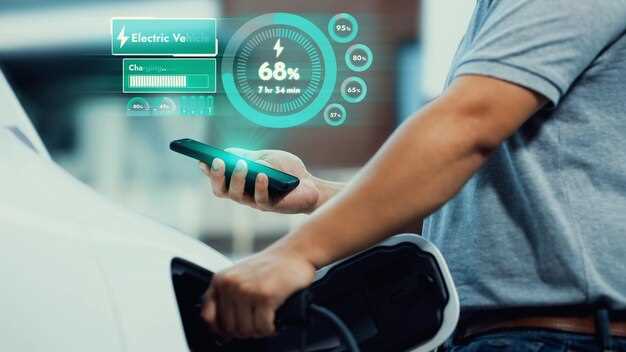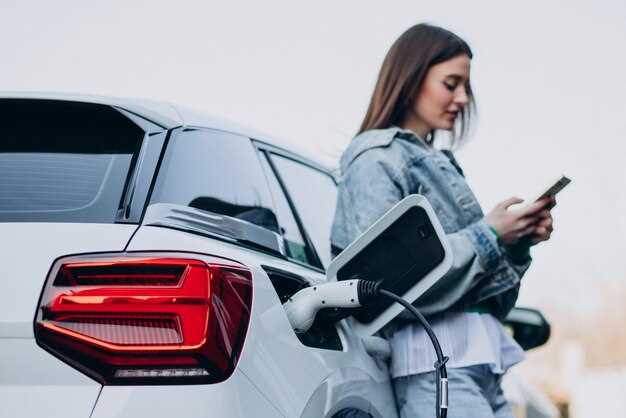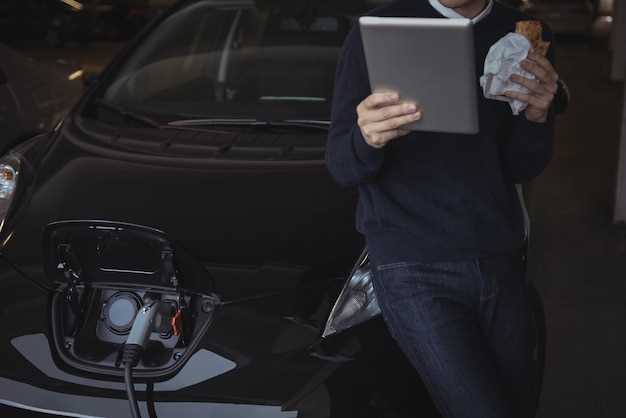
The transition to electric vehicles (EVs) is gaining momentum, and 2025 promises to be a pivotal year for consumers considering this eco-friendly option. Governments around the world are implementing a variety of incentives aimed at encouraging the adoption of EVs. These incentives not only help to reduce the overall purchase price but also contribute to a sustainable future by promoting cleaner transportation.
One of the most significant incentives available for EV buyers in 2025 will be the tax credits offered at both federal and state levels. These credits can substantially lower the cost of purchasing an electric vehicle, making them more accessible to a wider audience. For instance, eligible buyers may receive a federal tax credit of up to $7,500, depending on the model and battery capacity. Additionally, various states are likely to offer their own credits and rebates to further enhance the financial benefits of going electric.
Moreover, as cities and states continue to establish more comprehensive charging infrastructures and introduce green zones, EV incentives are expected to extend beyond just financial aspects. Incentives may include free or reduced parking fees, exemption from tolls, and access to carpool lanes. Together, these perks not only streamline the experience of owning an electric vehicle but also underscore the widespread commitment to fostering an environment conducive to sustainable transportation.
Understanding the Federal Tax Credit Structure for EVs

The Federal Tax Credit is a crucial financial incentive for individuals considering the purchase of electric vehicles (EVs). This credit aims to reduce the overall cost of EV ownership and make the transition to cleaner transportation more accessible. Here’s a breakdown of how this structure works:
- Eligibility: Not all EVs qualify for the full tax credit. To be eligible, the vehicle must meet specific criteria set by the IRS, including battery capacity, vehicle type, and manufacturer.
- Credit Amount: The federal credit can range from $2,500 to $7,500, depending primarily on the size of the battery. Larger batteries typically receive higher credits.
- Manufacturer Cap: Once a manufacturer sells 200,000 qualifying vehicles, the tax credit begins to phase out for that brand. The amount decreases over subsequent quarters until it is completely eliminated.
- Phase-Out Period: Following the 200,000 sales mark, buyers of that brand will receive a reduced credit for two quarters, and then the credit will further decrease for the next two quarters before becoming ineligible.
- Claiming the Credit: Buyers can claim the credit when filing their federal tax returns. It reduces the total tax liability, but it’s important to note that unused credit cannot be carried forward to the next tax year.
Understanding the intricacies of the Federal Tax Credit structure is essential for potential EV buyers. Not only does this incentive lower the upfront cost, but it also contributes to broader environmental goals by encouraging the adoption of electric vehicles.
- Research eligibility for specific EV models.
- Calculate potential savings based on battery capacity.
- Stay updated on manufacturer sales and phase-out timelines.
- Consult a tax professional to ensure accurate credit claims.
By navigating the federal tax credit structure effectively, consumers can make informed decisions that align with both their financial and environmental objectives.
State-Specific EV Rebates: What Buyers Need to Know
As the electric vehicle (EV) market continues to expand, state-specific rebates have become a critical factor in encouraging potential buyers to make the switch from traditional gasoline vehicles. Each state offers unique incentives that can significantly reduce the upfront cost of purchasing an EV. Understanding these rebates is essential for consumers looking to maximize their savings.
Rebates vary widely from state to state, not only in the amount offered but also in the eligibility requirements. Some states provide flat-rate rebates, while others offer incentives that correlate with the battery capacity of the EV. For instance, California has been noted for its generous rebate structure through the Clean Vehicle Rebates Project (CVRP), allowing eligible buyers to receive substantial cash back. In contrast, states like Texas and New York have their own distinct programs that cater to residents.
Tax credits also play a significant role in the financial landscape of EV purchases. While federal incentives are available, many states offer additional tax incentives that can reduce the overall tax burden on EV buyers. For example, several states allow buyers to claim deductions on their income tax returns, further enhancing the attractiveness of EV ownership.
It is crucial for prospective buyers to research their state’s specific EV rebate program to understand the application process and any deadlines that may apply. Many states require buyers to apply for rebates after the purchase, and some limits may restrict eligibility based on income or the type of vehicle purchased. Thorough knowledge of these details can help ensure that buyers take full advantage of the available incentives.
Additionally, staying updated on changes in policies is vital, as state legislatures continually reassess and modify their EV rebate programs. Keeping track of upcoming changes can provide buyers with the opportunity to make informed purchasing decisions that align with available incentives.
Eligibility Requirements and Application Processes for Incentives

To qualify for incentives aimed at electric vehicle (EV) buyers in 2025, applicants must meet several specific eligibility requirements. These typically include being a resident of the state where the incentives are offered, purchasing or leasing a new electric vehicle that meets certain criteria, and ensuring the vehicle falls within the price limits set by the respective programs. Additionally, some programs may require the vehicle to be purchased from authorized dealers only.
Applicants must also consider the type of EV they are buying, as incentives may vary based on the model and battery capacity. In many cases, plug-in hybrid vehicles may not qualify for the same level of rebate as fully electric vehicles. Furthermore, these programs may include income limits to ensure that buyers in lower-income brackets can also benefit from the rebates.
The application process for obtaining these incentives usually involves filling out specific forms provided by governmental agencies. Buyers might need to provide documentation such as proof of purchase, identification, and sometimes even additional paperwork that verifies their residency. Important to note is that some states may allow these rebates to be applied directly at the point of sale, simplifying the process for the buyer.
Tax credits are another form of incentive that needs careful attention. To claim federal tax credits related to electric vehicle purchases, buyers must file their taxes and include the necessary forms that detail the EV purchase. Understanding the timeline for applying for these credits is crucial, as they may need to be claimed in the tax year following the purchase.
Overall, navigating the eligibility requirements and application processes for EV incentives can be intricate, but thorough preparation and understanding of the necessary documentation can significantly streamline the experience for buyers looking to benefit from rebates and tax incentives in 2025.




